piperlonguminine
- CAS NO.:5950-12-9
- Empirical Formula: C16H19NO3
- Molecular Weight: 273.33
- MDL number: MFCD15146947
- EINECS: 231-765-0
- SAFETY DATA SHEET (SDS)
- Update Date: 2024-10-11 11:19:41

What is piperlonguminine?
Description
Piperlonguminine is an alkaloid amide from species of the genus Piper, a plant used in traditional medicine that demonstrates antifungal, anticancer, antihyperlipidemic, and anti-
Description
This amide alkaloid also occurs in the roots of Piper longum and yields colourless needles from EtOH. The ultraviolet spectrum exhibits absorption maxima at 245,256, 307 and 340 mil. The side chain is doubly unsaturated and on catalytic hydrogenation, the base furnishes the tetrahydro derivative, m.p. 66°C.
Definition
ChEBI: (E,E)-Piperlonguminine is a member of benzodioxoles.
in vitro
in a previous study, piperlonguminine was discovered to inhibit melanin production in melanoma b16 cells stimulated with α-msh, 3-isobutyl-1-methylxanthine or protoporphyrin ix, where piperlonguminine showed stronger depigmenting efficacy. however, piperlonguminine could not alter1-oleoyl-2-acetyl-sn-glycerol-induced melanogenesis and could not affect protein kinase c-mediated melanin production. in additioin, piperlonguminine was not able to inhibit the catalytic activity of cell-free tyrosinase from melanoma b16 cells, and such effect was attributed to the inhibitory action of piperlonguminine on α-msh-induced signaling via camp to the camp responsive element binding protein [1].
in vivo
in vivo, rats were subjected to middle cerebral artery occlusion for 1h, followed by reperfusion for 23 h. the results showed that the intraperitoneal injection of piperlonguminine pe at 2.4 mg/kg was able to produce a significant neuroprotective potential in rats with cerebral ischemia. in addition, piperlonguminine could attenuate the neurological deficit scores, brain infarct volume and brain water content, and could inhibit the activation of nf-κb and mapk [2].
References
Chatterjee, Dutta., Tetrahedron Lett., 1797 (1966)
Chatterjee, Dutta., Tetrahedron, 23, 1769 (1967)
Properties of piperlonguminine
| Melting point: | l66-8°C |
| storage temp. | Store at -20°C |
| solubility | ≤3mg/ml in ethanol;20mg/ml in DMSO;20mg/ml in dimethyl formamide |
| form | crystalline solid |
| color | White to off-white |
Safety information for piperlonguminine
Computed Descriptors for piperlonguminine
New Products
(S)-3-Aminobutanenitrile hydrochloride 4-Methylphenylacetic acid N-Boc-D-alaninol N-BOC-D/L-ALANINOL Tert-butyl bis(2-chloroethyl)carbamate 3-Morpholino-1-(4-nitrophenyl)-5,6-dihydropyridin- 2(1H)-one Furan-2,5-Dicarboxylic Acid Tropic acid 1-Bromo-3,5-Di-Tert-Butylbenzene S-2-CHLORO PROPIONIC ACID ETHYL ISOCYANOACETATE 2-Bromo-1,3-Bis(Dimethylamino)Trimethinium Hexafluorophosphate 4-IODO BENZOIC ACID 3-NITRO-2-METHYL ANILINE 1-(2,4-DICHLOROPHENYL) ETHANAMINE (2-Hydroxyphenyl)acetonitrile 4-Bromopyrazole 2-(Cyanocyclohexyl)acetic acid 4-methoxy-3,5-dinitropyridine 1-(4-(aminomethyl)benzyl)urea hydrochloride 2-aminopropyl benzoate hydrochloride diethyl 2-(2-((tertbutoxycarbonyl)amino) ethyl)malonate tert-butyl 4- (ureidomethyl)benzylcarbamate Ethyl-2-chloro((4-methoxyphenyl)hydrazono)acetateRelated products of tetrahydrofuran
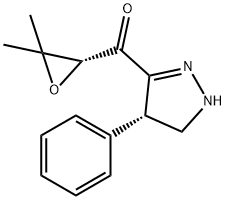

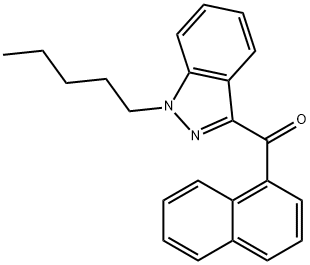
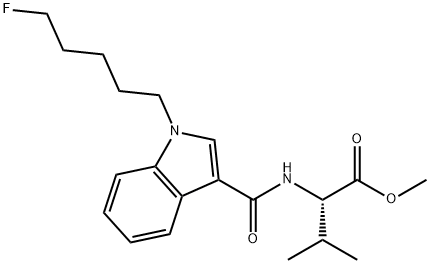
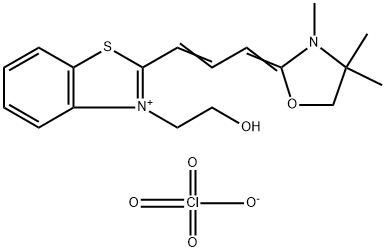
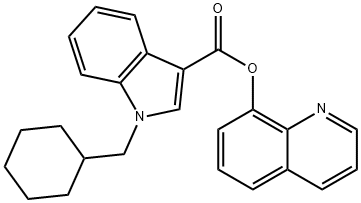
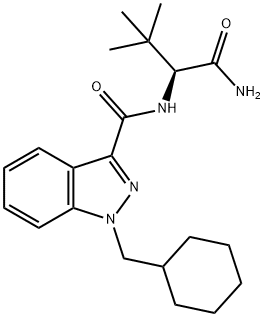
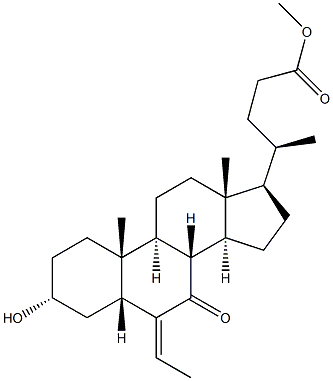
You may like
-
 2033-24-1 98%View Details
2033-24-1 98%View Details
2033-24-1 -
 42831-50-5 5-METHYLISOXAZOLE-4-CARBOXYLIC ACID 98%View Details
42831-50-5 5-METHYLISOXAZOLE-4-CARBOXYLIC ACID 98%View Details
42831-50-5 -
 1975-50-4 98%View Details
1975-50-4 98%View Details
1975-50-4 -
 2-HYDROXY BENZYL ALCOHOL 98%View Details
2-HYDROXY BENZYL ALCOHOL 98%View Details
90-01-7 -
 2-Chloro-1,3-Bis(Dimethylamino)Trimethinium Hexafluorophosphate 221615-75-4 98%View Details
2-Chloro-1,3-Bis(Dimethylamino)Trimethinium Hexafluorophosphate 221615-75-4 98%View Details
221615-75-4 -
 61397-56-6 CIS BROMO BENZOATE 98%View Details
61397-56-6 CIS BROMO BENZOATE 98%View Details
61397-56-6 -
 14714-50-2 (2-Hydroxyphenyl)acetonitrile 98+View Details
14714-50-2 (2-Hydroxyphenyl)acetonitrile 98+View Details
14714-50-2 -
 118753-70-1 98+View Details
118753-70-1 98+View Details
118753-70-1